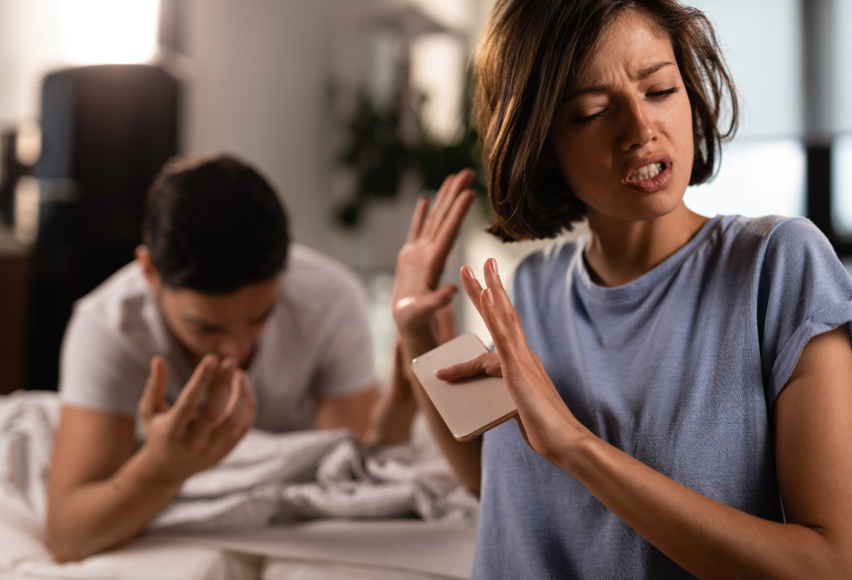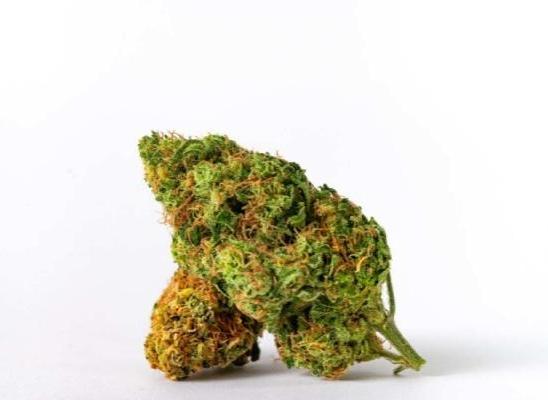Understanding Trichotillomania: Why "Just Stop" Isn't Enough

Online test
Find out the severity of your symptoms with this free online test
Just STOP!
It’s just a bad habit.
You can do it if you just put your mind to it.
If you live with trichotillomania, you’ve probably heard this more than once. You’ve maybe even said it to yourself. If only it were that easy, right?
Trichotillomania, commonly known as hair pulling or trich, is among the most misunderstood disorders. To someone who doesn’t struggle with the disorder, it can seem as if it’s a behavior that you can decide to do or not, or just stop when you’re ready. To others, it may simply look like a bad habit or even intentional or attention-seeking behavior. But the dynamics of hair pulling, and other body focused repetitive behaviors (BFRBs) like skin picking, are much more complex. And it’s those complexities that make it so hard to just stop.
Understanding Trichotillomania
While it’s true that there are some similarities to habitual behavior, and one of the primary approaches to treatment is an intervention known as Habit Reversal Training, the similarities stop there.
Trichotillomania is recognized in the DSM 5 as a diagnosable mental health disorder. It is characterized by repetitive hair pulling that results in significant hair loss, emotional distress, and impaired psychosocial functioning. Hair pulling, along with other BFRBs like skin picking, are included in a category of disorders known as Obsessive Compulsive Related Disorders (OCRDs). These disorders are unique in their presentation and while not the same as Obsessive Compulsive Disorder (OCD), do share similar qualities. One of those similarities is the presence of compulsions.
Compulsions are similar to habits in that they can become automatic. However, unlike habits that are reflexive behaviors, compulsions are driven by intense psychological urges to complete a certain behavior in an effort to relieve feelings of anxiety or distress. They are not easily changed by simply gaining awareness or deciding to stop. (One of the reasons why going cold turkey doesn’t work for most.) Dealing with compulsions usually requires psychological treatment intervention. Hair pulling and other BFRBs like skin picking behaviors are driven by these urges.
Trichotillomania is a chronic and pervasive disorder that can have severe physical and emotional effects for the person. It tends to be a chronic condition, waxing and waning over time.
Why “Just Stop” Doesn’t Work
To understand the “why”, you have to understand the dynamics of BFRBs like hair pulling. While research is still unclear as to exactly why someone develops hair pulling, evidence suggests that its origins lie in one’s experiences and ability to regulate their emotions. As emotional distress rises, the need (urge) to dispel that discomfort increases.
For some, the urges become so intense that they are all but irresistible. To someone not dealing with hair pulling, they may not understand that pulling is actually a way to bring relief. Over time, hair pulling becomes a way of coping with distressing emotions.
Going “cold turkey” might sound like a solution but very few people living with hair pulling report success in doing so. More often, people are able to stop for periods of time but tend to relapse. For some, the urges to pull can become quite intense and irresistible. Sheer willpower often just isn’t enough.
Others point to motivation as a way to stop pulling. After all, the desire for healthy hair and scalp or getting their eyebrows and lashes back might be the reason to start. And simply wanting your lashes back might be motivating in the short term. However, what we know about motivation in general is that it wanes over time. That’s why effecting changing behavior with motivation alone is not usually successful or sustainable.
It might surprise you to know that there is science behind the whole idea of “just stop” and why it often backfires. When someone tells you not to do something, it’s not uncommon to find that the urge to do that thing increases. You’re not imagining it. It’s a phenomenon called reactance.
Reactance theory is based on the idea that when someone feels that their free will or autonomy is threatened by rules or demands or advice, they are motivated to protect their autonomy or freedom to choose. That forbidden fruit” becomes highly desirable and maybe even irresistible. As a result, people often do the very thing they’re told not to.
It’s important to remember that hair pulling serves a purpose. It is a coping mechanism aimed at reducing the impact of distressing emotions. Take the hair pulling away and there’s nothing to replace it to deal with those emotions.
So, if just stopping doesn’t work, what does?
The Answer to Just Stop
Probably one of the most persistent misconceptions about hair pulling, besides being able to just stop it, is that there’s nothing else you can do. While it’s true that there is not a “cure” for hair pulling, there are a number of effective treatment options to manage the disorder. Many people find that they are able to achieve remission of their symptoms. What treatment looks like for you is up to you and there are choices.
The first question most people ask is whether there are medications available to help. At present, there are no medications specifically used to treat trich. However, medication is sometimes used to treat the co-occurring mental health issues that sometimes accompany trich such as anxiety or depression. Sometimes those medications can have a positive effect in symptom management.
The best treatment outcomes have been found with psychotherapy, in particular, specific types of cognitive behavioral therapies.
Others have found help using self-help and online resources. These can be particularly helpful for someone who is not open to or unable to access therapy. While self-help should not be considered a replacement for therapy, it can be a useful tool at various times.
Whether you decide to try it on your own or seek therapy, know that you can heal and you can learn to manage your trich. Choose the resources that are right for you. Seeking help is not an easy decision but it can be the one that makes the difference for you or someone you love.
Resources
1. American Psychological Association. (n.d.). Compulsion. APA Dictionary of Psychology. https://dictionary.apa.org/compulsion
2. Roberts, S., O'Connor, K., Aardema, F., Bélanger, C., & Courchesne, C. (2016). The role of emotion regulation in body-focused repetitive behaviours. The Cognitive Behaviour Therapist, 9, E7. doi:10.1017/S1754470X16000039
3. (n.d.). Reddit. https://www.reddit.com/r/trichotillomania/comments/156u34l/has_anyone_ever_quit_hair_pulling_cold_turkey/
4. APA dictionary of psychology. (n.d.). APA Dictionary of Psychology. https://dictionary.apa.org/reactance-theory?ref=luatkhoa.com
Online test
Find out the severity of your symptoms with this free online test
Start your journey with TrichStop
Take control of your life and find freedom from hair pulling through professional therapy and evidence-based behavioral techniques.
Start Now



